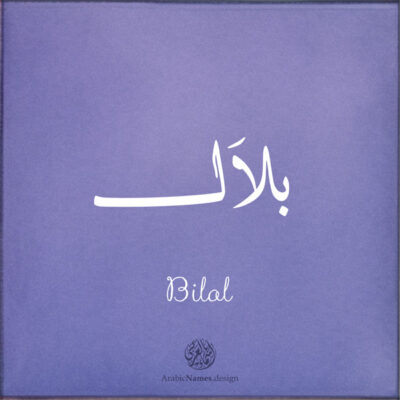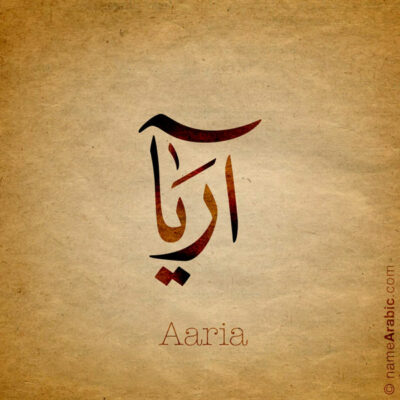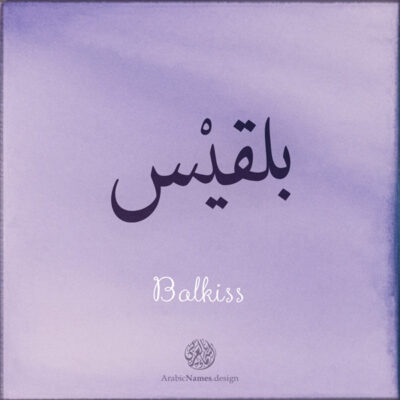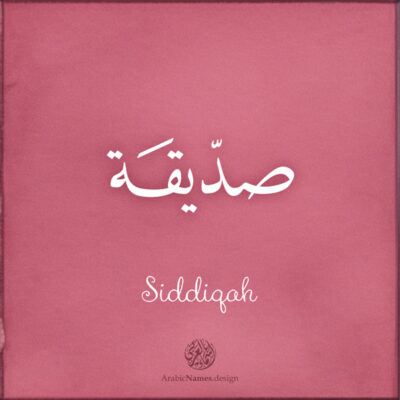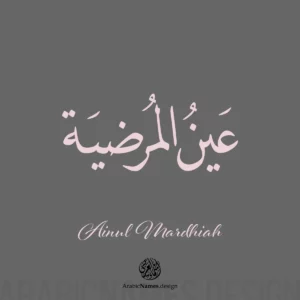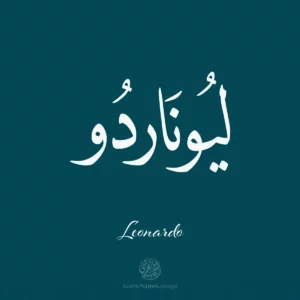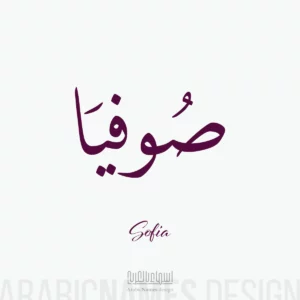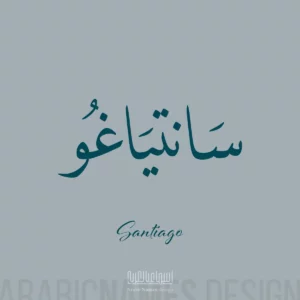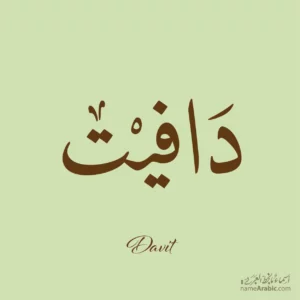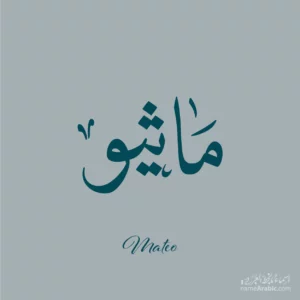
Davit name Design

Arabic Calligraphy Naskh style
Naskh is a smaller, round script of Islamic calligraphy. Naskh is one of the first scripts of Islamic calligraphy to develop, commonly used in writing administrative documents and for transcribing books, including the Qur’an, because of its easy legibility.
In his 1617 Grammatica Arabica, Thomas van Erpe defined naskhī characters as the "noblest and true writing style".
Origin
Naskh style of writing can be found as early as within the first century of the Islamic calendar.
Round scripts became the most popular in the eleventh, twelfth and thirteenth centuries, due to their use by scribes.
Ibn Muqla is credited with standardizing the "Six Pens" of Islamic calligraphy, also including thuluth, tawqi’, riqaaʿ, muhaqqaq, and rayhani.[1] These are known as "the proportioned scripts" (al-khatt al-mansub) or "the six scripts" (al-aqlam al-sitta).
Kufic is commonly believed to predate Naskh, but historians have traced the two scripts as coexisting long before their codification by ibn Muqla, as the two served different purposes.
Description
The alif is written as a straight stroke, bending to the lower left. Naskh differentiates various sounds through the use of diacritical points, in the form of 1–3 dots above or below the letter, which makes the script more easily legible. Naskh uses a horizontal base line; in situations where one character starts within the tail of the preceding letter, the base line is broken and raised. In sixteenth-century Constantinople, Şeyh Hamdullah (1429–1520) redesigned the structure of naskh, along with the other "Six Pens", in order to make the script appear more precise and less heavy.
Sample of Naskh Style
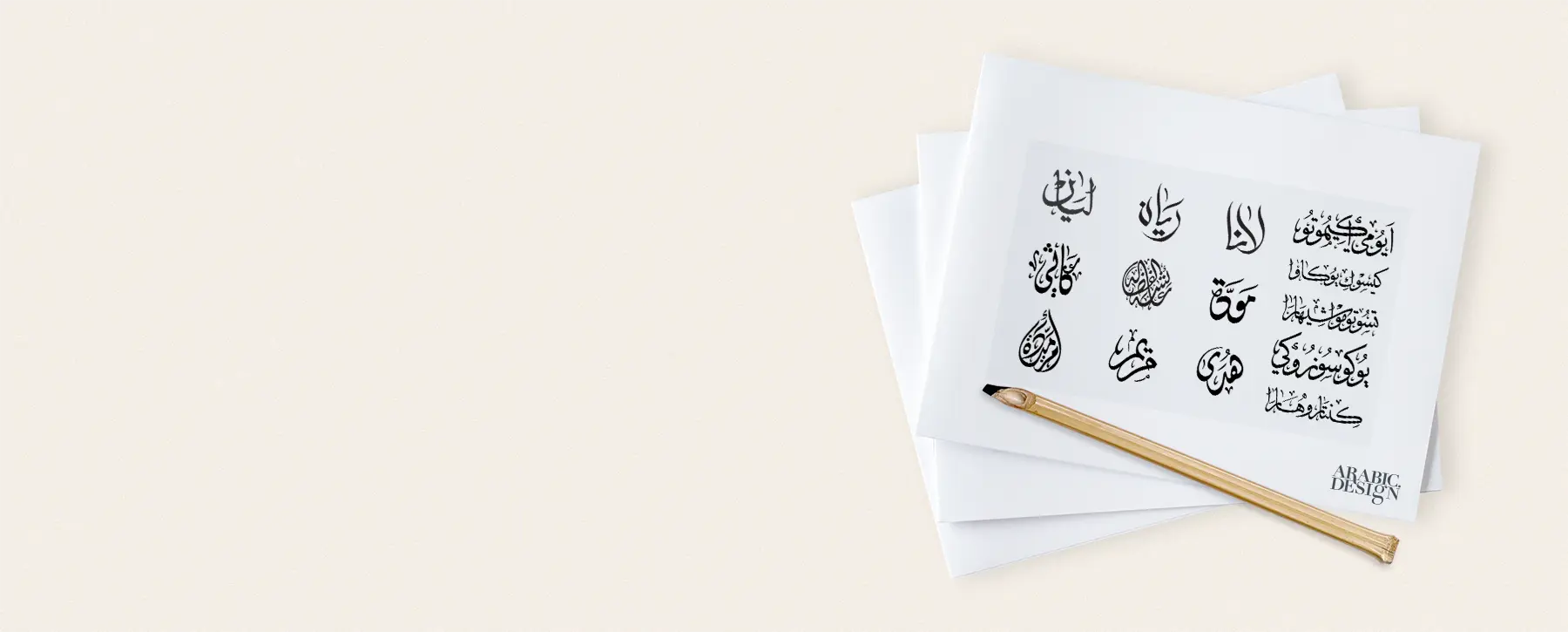
Request your own design?
Tags:
D / د
